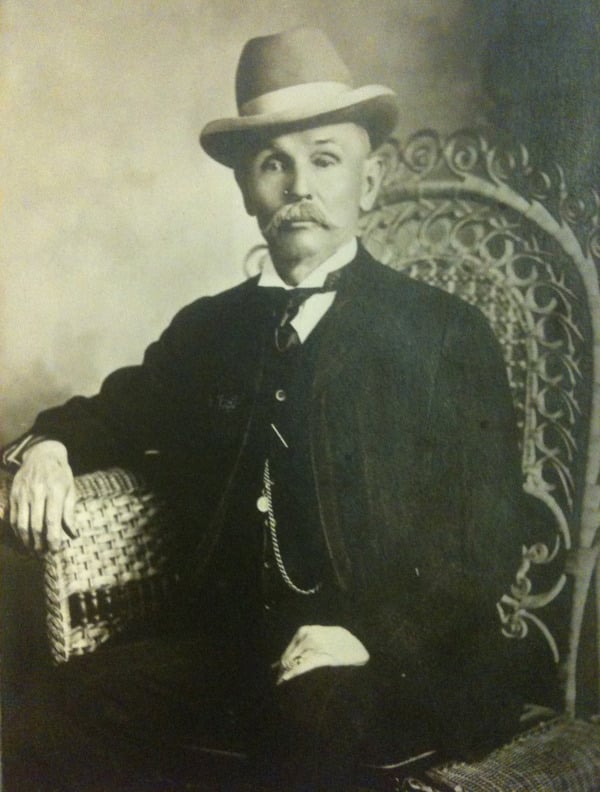By Nadia Ramlagan
Public News Service
Health and Human Services Secretary Robert F. Kennedy Jr.’s decision to cut a cut a majority of jobs at the federal agency responsible for worker health and safety is seen as a direct attack on Kentucky workers by labor unions in the state.
The National Institute for Occupational Safety and Health could be trimmed from around 1,400 employees to fewer than 150. At the state level, House Bill 398 would also have dismantled Kentucky’s worker protection standards and requirements.

Dustin Reinstedler, president of the Kentucky AFL-CIO, said similar proposals down the road are now more concerning.
“To think that Kentucky was supposed to fall back on the federal OSHA guidelines, and to think that it’s under attack now, it’s pretty alarming,” Reinstedler stressed.
The federal cuts are expected to include the agency’s 9/11 firefighter program, also known as the World Trade Center Health Program. The American Industrial Hygiene Association, the AFL-CIO and Laborers’ International Union of North America have all launched campaigns to urge the feds to restore the agency’s staff and funding.
The National Institute for Occupational Safety and Health is part of the Centers for Disease Control and Prevention. Reinstedler explained Kentucky relies on its data, research and recommendations to protect workers. He cited personal protective equipment, respirators, and HEPA vacuum systems as standards the agency set to protect workers from silica exposure.
“Myself, as a bricklayer, any time that you’re cutting masonry or anything, or cutting concrete, you’re throwing up silica into the air,” Reinstedler pointed out. “There are guidelines against that.”
National Institute for Occupational Safety and Health scientists also study Black Lung disease, which affects an estimated 20% of coal miners in Central Appalachia. The agency’s mine safety research is regularly used by coal country’s key regulatory agency, the Mine Safety and Health Administration.





















